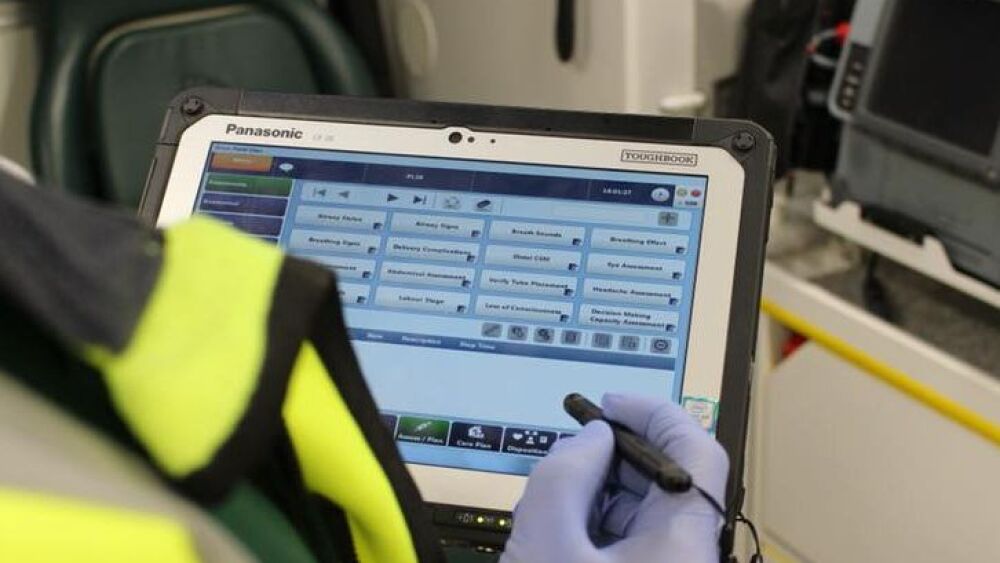Healthcare reform in the U.S. seems to be an ever-ongoing process with ramifications felt throughout the continuum of care for the patient – from pre-hospital care to the emergency department, to specialized care, to rehabilitation, to discharge.
Whether your fire department currently provides EMS for your community, or you’re looking to develop a community paramedicine level of service, you need to have a data collection and analysis system that affords you and your care providers the tools you need to fully engage with those other healthcare entities. And that engagement is powered by information.
The increased private health insurance carrier and Medicare scrutiny of patient care is one of the primary driving forces for pre-hospital providers to gather relevant patient care data. That information encompasses the time from the initial 911 call being received until patient care is transferred to a receiving medical care facility. Those reviewing entities are looking to ensure that medical treatments provided were medically necessary and that those treatments had a positive impact on the patient’s ultimate outcome.
But then, hasn’t that always been the case? Yes and no. Yes, they’ve been looking at that information to determine if your services were reimbursable financially. But now, those evaluations are also looking at the efficacy of the treatments and care your providers have given in the context of the patient’s ultimate outcome; what impact did the care the patient received in the pre-hospital setting have on their in-hospital treatment and quality of life upon discharge from the hospital or rehabilitation facility?
ePCR connectivity solutions
And honestly, don’t you need that same kind of information to make informed decisions for your department that are data-driven? And what about information for other pertinent reports such as NFIRS reporting requirements when the mechanism of injury was fire-related?
Your patient care providers need the right tools to get the job done effectively and efficiently, and to comply with medical care laws and regulations (e.g., HIPAA), quality assurance standards, and your internal policies and procedures.
Electronic patient care reporting tools featuring connectivity solutions enable your department to import data from your CADS for quicker and more accurate incident documentation right out of the gate.
Send care-in-progress ePCRs electronically to receiving emergency departments so that physicians and nurses know what your people know about the patient when they know it. On the backside, receive outcomes from participating hospitals when your patient is discharged. Use this analysis to determine the efficacy of the services you provide and how you deliver them.
Today’s ePCR tools help your care providers spend less time preparing and submitting the billable ticket.
Community paramedicine tools
Does your department have a community paramedicine program? Are you looking to start one? In either case, ePCR data can be integrated to give your community paramedicine program these capabilities:
- Identify need. Algorithms take your data and turn it into useful planning information. Use data you already collect to identify and assess those patients that might benefit from one or more of your paramedicine services.
- Enroll patients. Review prime candidates to enroll in specific care programs you might have (e.g., CHF, high users, diabetics, mental health, or COPD).
- Case management. Give your care providers all the available past medical history information (e.g., all previous encounters with the patient, their medications, hospital admissions and discharges) on the patient they are treating, when they are treating them.
- Reporting and analysis. Monitor progress and demonstrate improvements in your program and its components. Would you like to be able to view reports ranging from patient progress to operational efficiencies to cost savings? How about analysis and reporting to your department’s stakeholders? ePCR modules create dashboards of key indicators that can help you and your people to see – and appreciate – the big picture.














